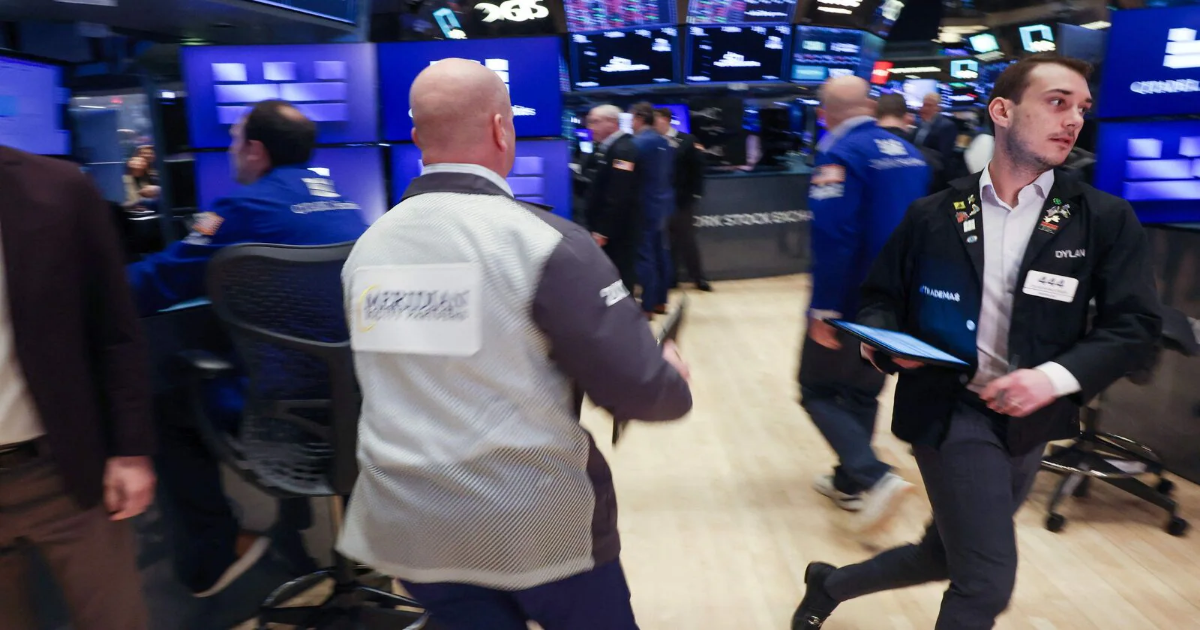Global markets slid into turmoil on Monday (April 7), with the S&P 500 briefly entering bear market territory — defined as a 20% drop from its most recent peak — amid escalating trade tensions sparked by President Donald Trump’s renewed tariff push.
The S&P 500 index opened lower and was down 17.4% from its February 19 high, needing just a 3.1% drop to officially mark a bear market.
Despite the steep losses in equities, Trump struck a defiant tone. He declared that he would not reverse course on the sweeping tariffs, which he insists are key to correcting what he views as unfair trade practices.
“Other countries have been abusing the United States with their trade policies,” Trump said, adding that the tariffs would bring in “billions of dollars” in revenue.
When questioned about market volatility and rising fears of a recession, the President remarked, “Sometimes you have to take medicine to fix something.”
Federal Reserve Chair Jerome Powell signaled that the central bank would proceed cautiously. On Friday, Powell stated that the Fed must first “assess the economic effects of the tariffs” before adjusting policy. He also warned that cutting interest rates prematurely could “fan inflation.”
Trump has renewed his calls for the Fed to cut rates, but Powell’s stance suggests no immediate relief for jittery investors.
Bear markets have historically preceded recessions, but not always. Since 1929, there have been 15 bear markets.
Recessions — defined as “a significant decline in economic activity that is spread across the economy and lasts more than a few months” — typically carry far more serious consequences. The COVID-19-induced recession of 2020, for instance, led to unprecedented levels of unemployment.
With another wave of Trump-imposed tariffs set to kick in later this week, the current market volatility could intensify. Investors are closely monitoring moves from the Federal Reserve, the White House, and key economic indicators to determine whether this downturn is short-lived — or the start of a deeper recession.
